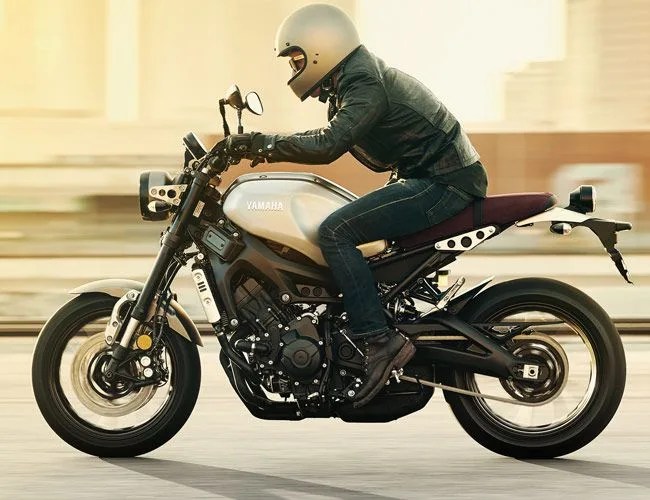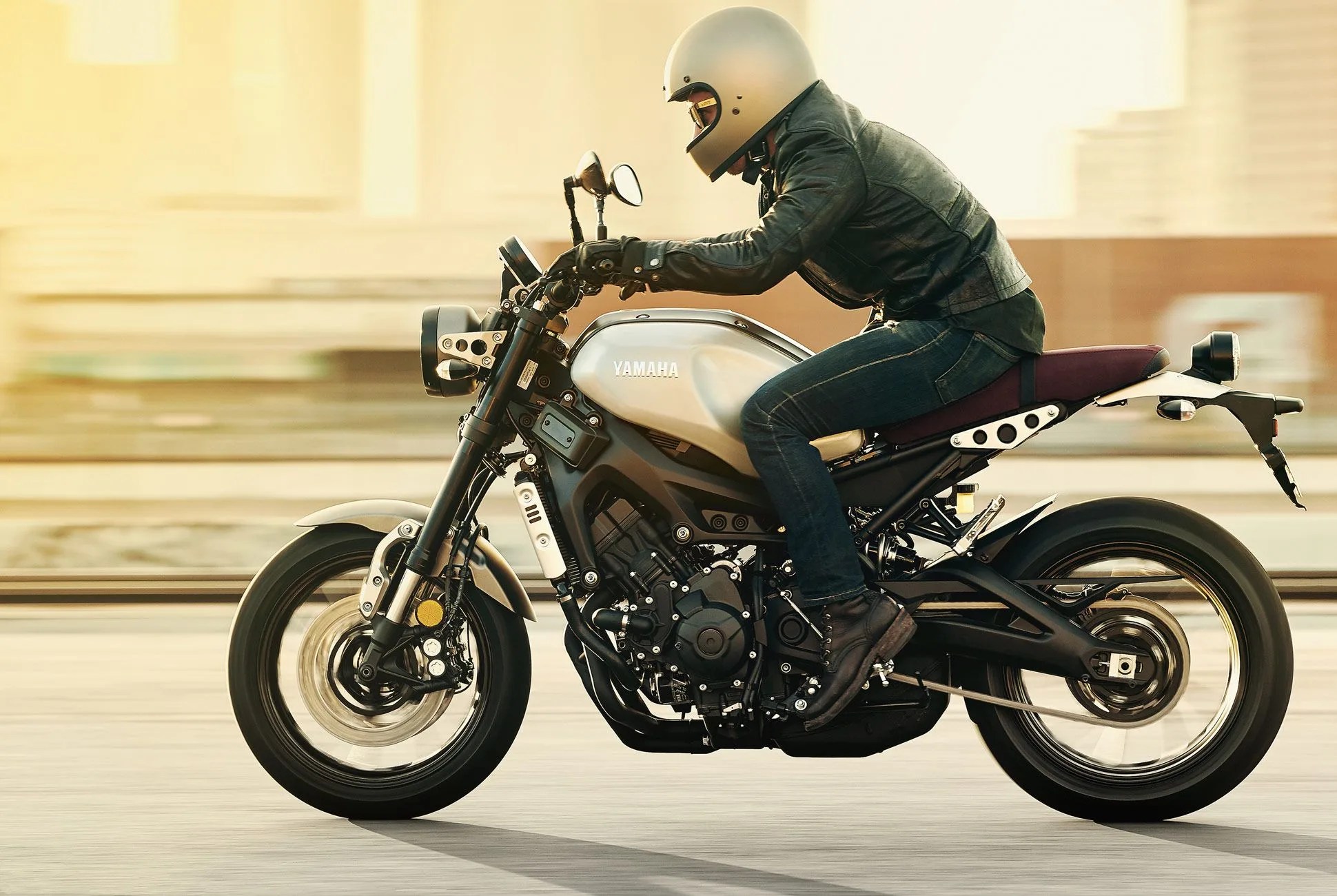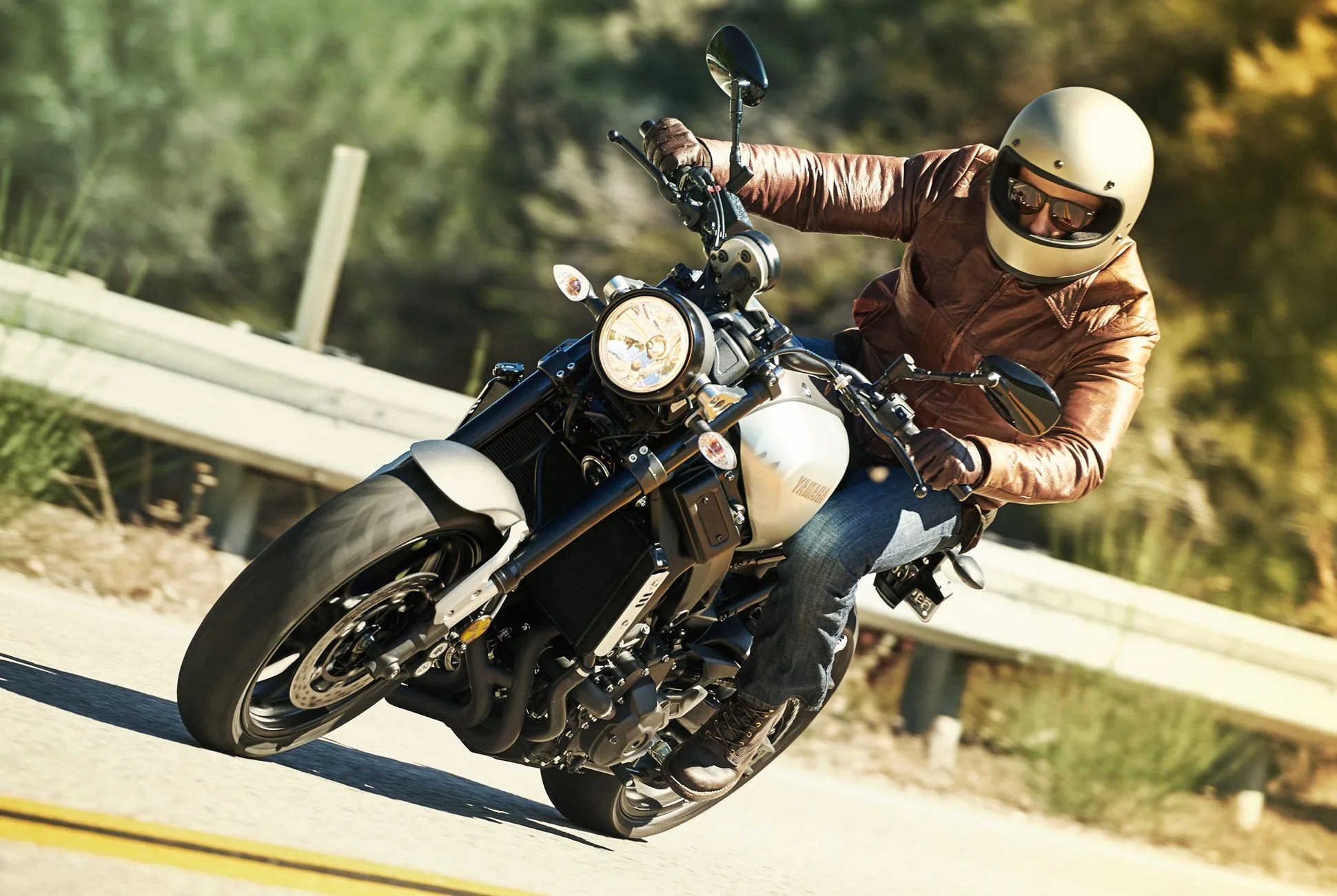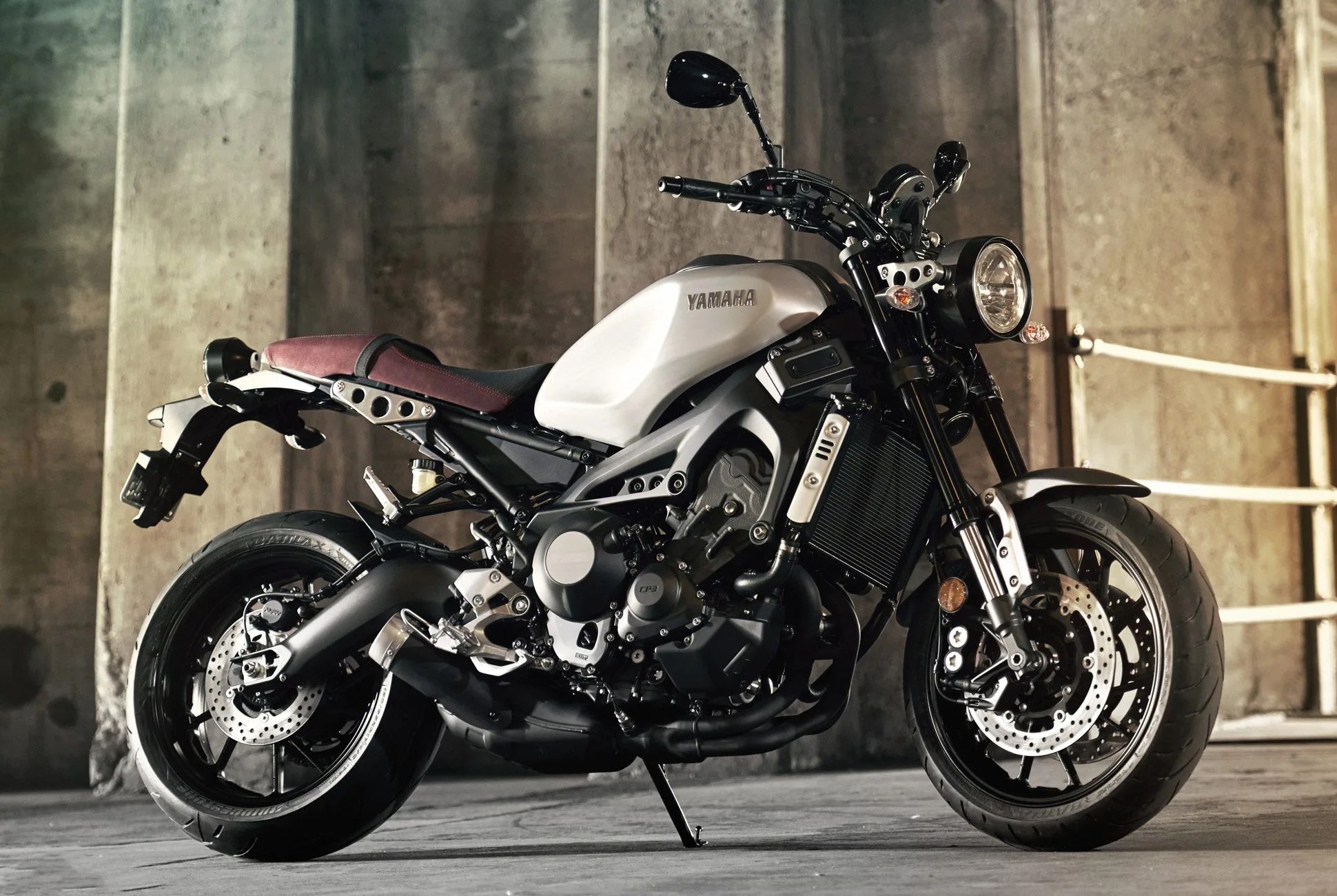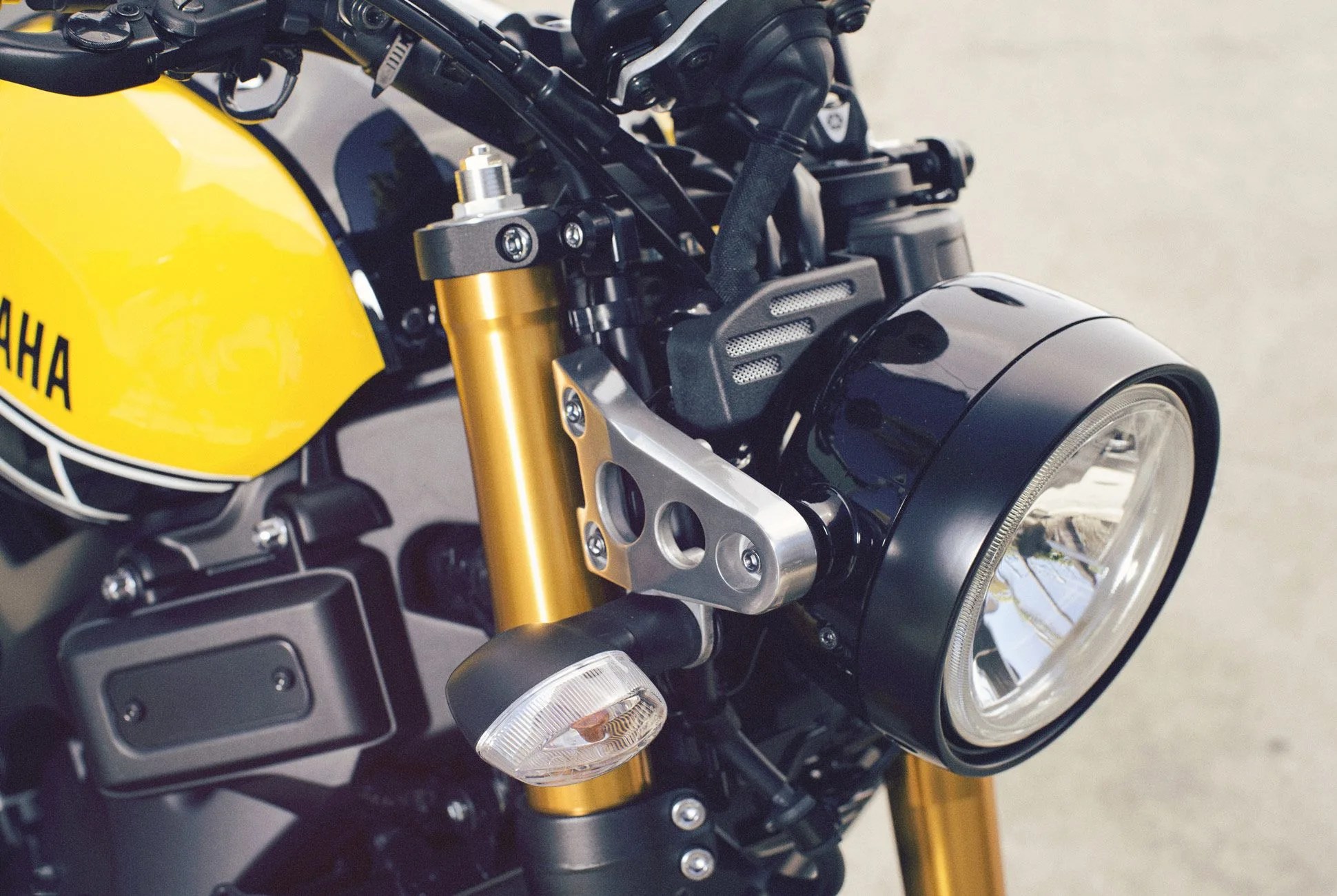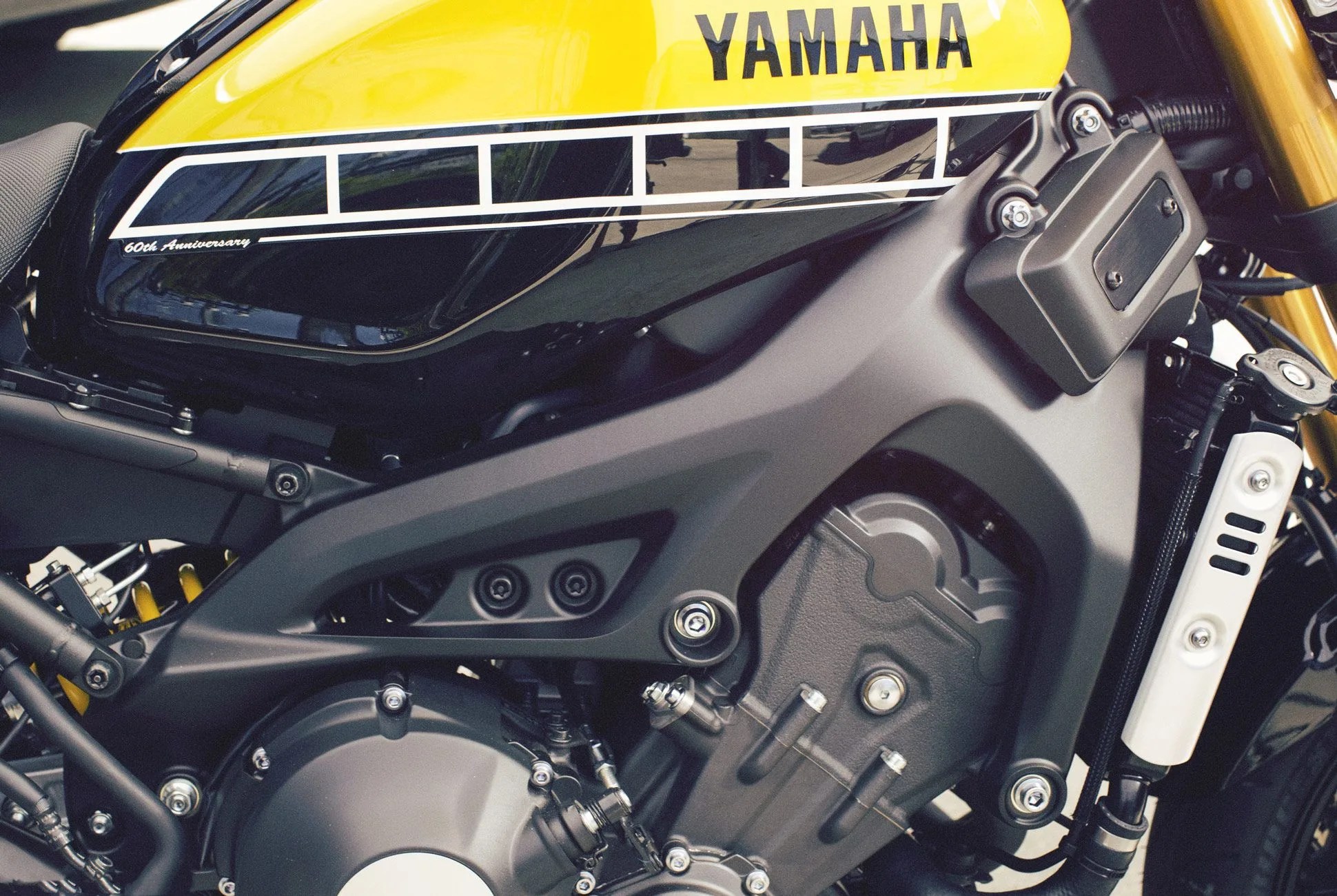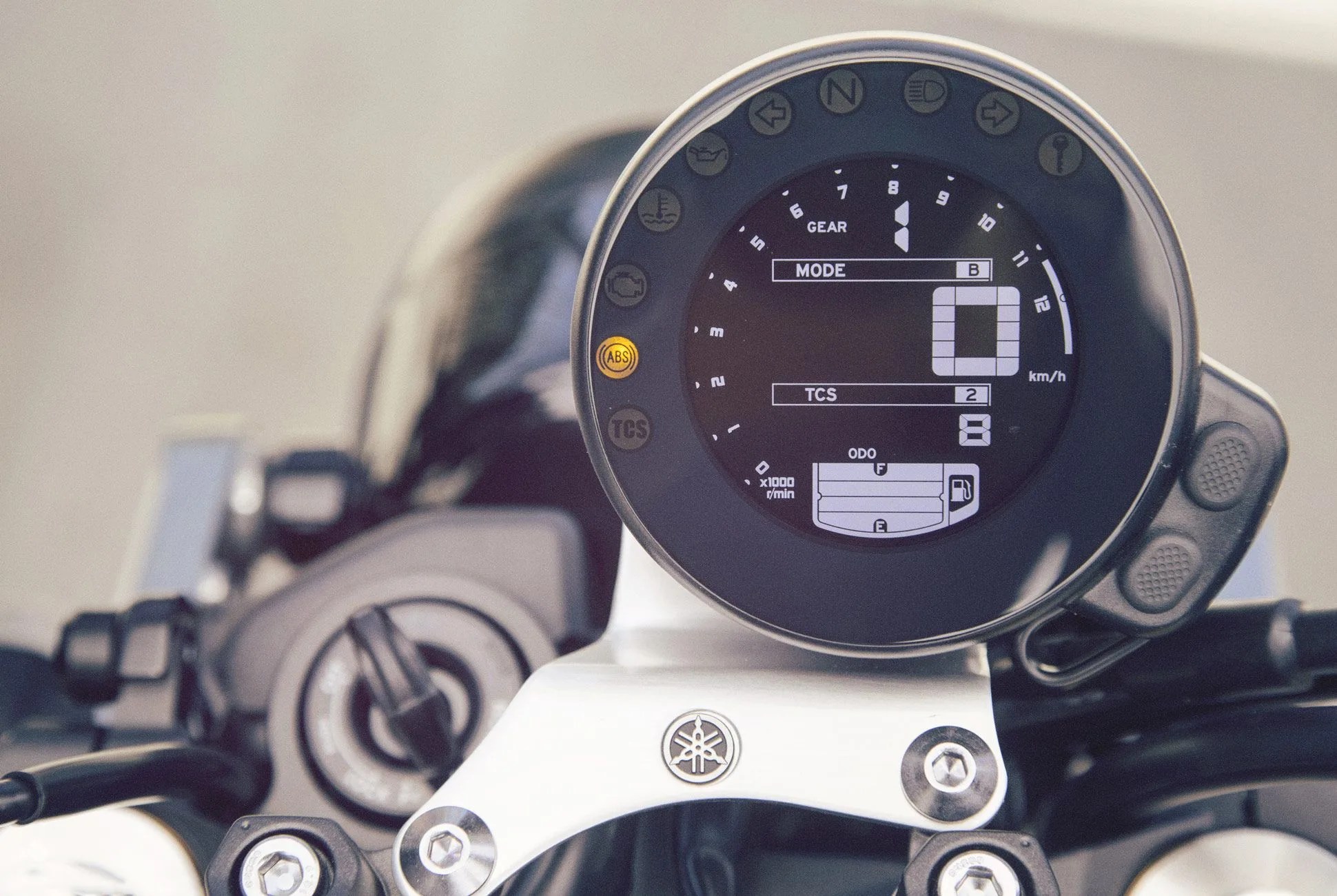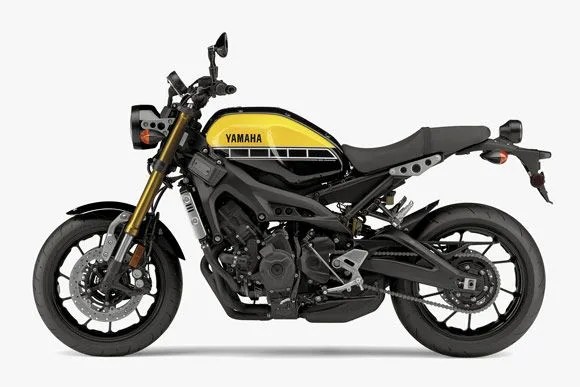7 photos
My alarm is set for 4:45 a.m. With a stop for gas and grub, I’ll need two hours to tackle the 90-ish miles to Willow Springs race track from my Venice beach hotel. At 1:38 I stab at my phone nervously to check the time and make sure I haven’t overslept. This happens again 30 minutes later. By 3:45 I’ve given up. I’m filling the coffee maker with water, canceling my alarm and praying a shoddy night’s sleep won’t come back to haunt me mid-corner.
I need to be sharp because I’m riding my first track day — something I’ve put off for too long. Instead of doing this sensibly, on a small, nimble and forgiving bike, I’ve opted for a ballistic wasp: the Yamaha XSR 900. Maybe the Yamaha will be sharp enough for the two of us? No need to worry now. I need to get to Willow first.
Introduced last year, the XSR 900 is Yamaha’s answer to the hipster/modern/classic niche dominating much of the moto scene. Sitting in the garage under a flickering fluorescent bulb, waiting for me — and the sun — to finally rise, my 60th Anniversary Edition yellowjacket looks excellent. There are vintage touches. The brushed aluminum at the subframe, headlight ears and radiator guards is purposeful, with a custom vibe that extends to the sculpted seat, classic round headlight and cheeky LED unit out back. But, unlike the ubiquitous modern classics from Triumph, Moto Guzzi or Scrambler Ducati, the demeanor of the XSR is decidedly more neo than retro.
The triple-cylinder engine fires with a sportbike growl. The reverb bouncing off the parked cars in the garage fills my helmet with a mellifluous sound. I slam down my visor and the XSR and I enter the world that can only exist at this ungodly hour — a traffic-free Los Angeles.
Yamaha XSR900 Specs:
